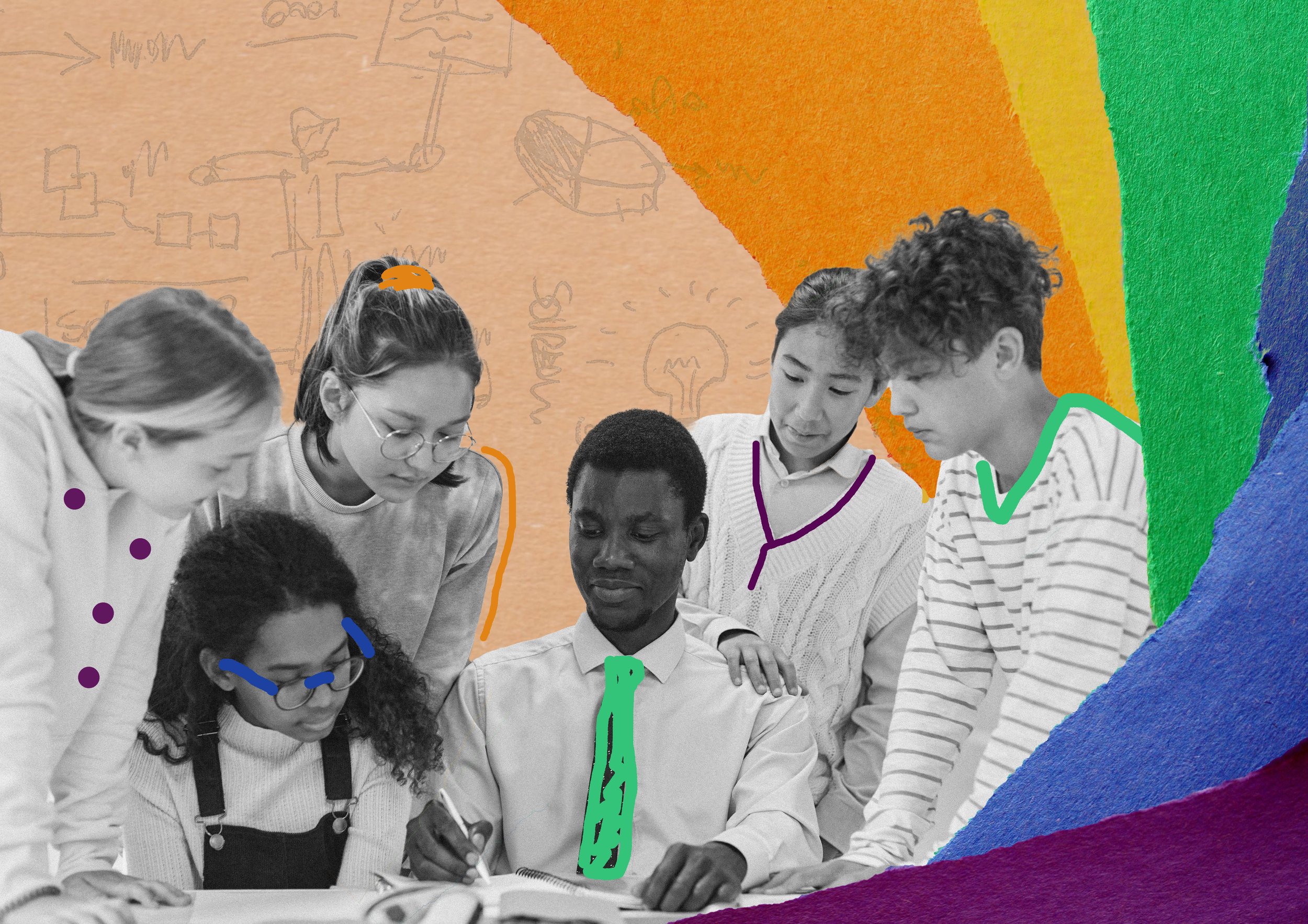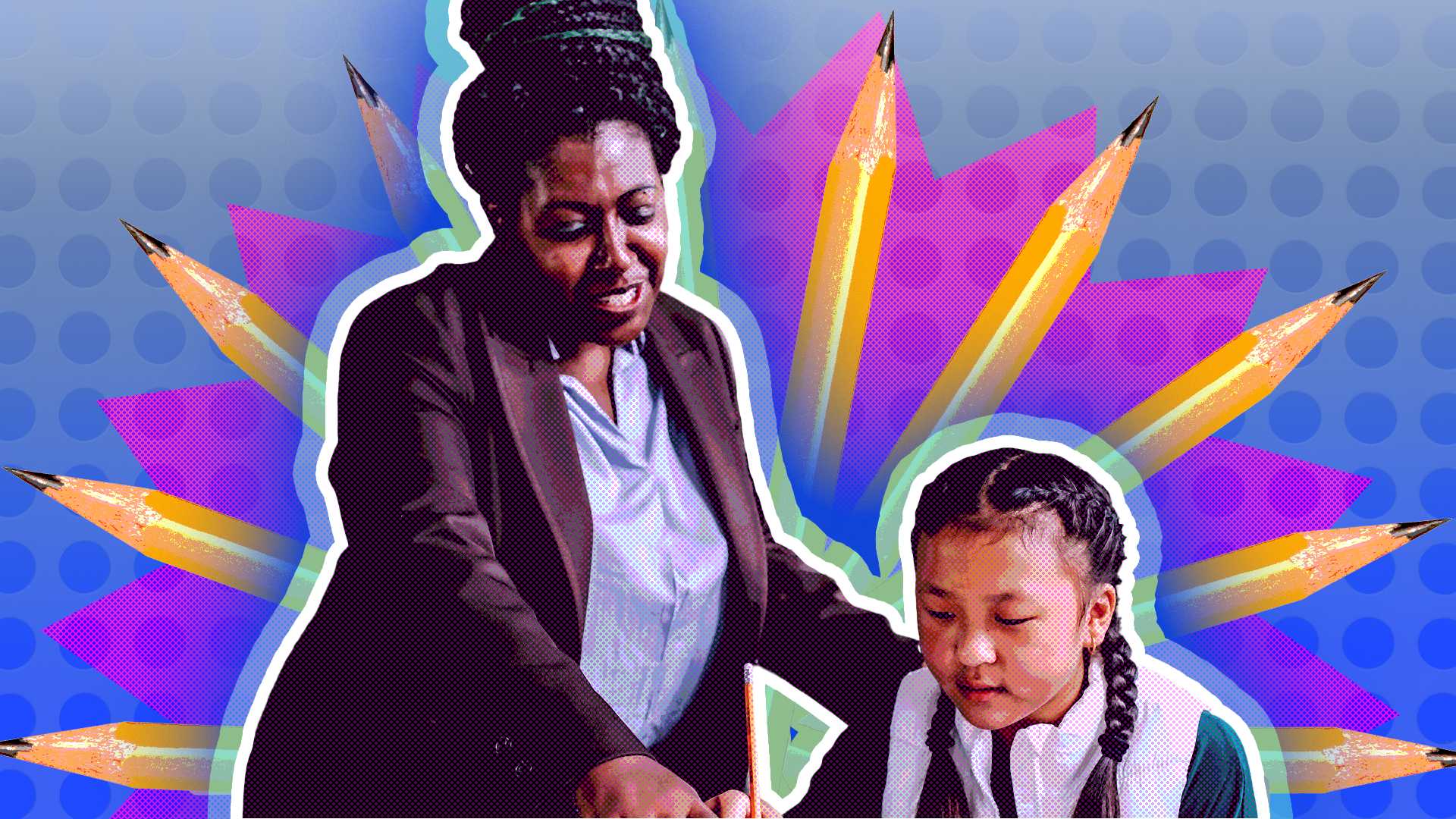Written by David BielikDeveloping a mindset of endurance is an essential part of being an educator. Day after day, walking into a room full of children, keeping them engaged, managing their behavior, and supporting their success is an epic undertaking! But endurance isn't just about pushing through when things are tough; it's also about building a foundation of care for yourself, in order to embrace change, normalize making mistakes, and know when and how to “press pause” to refuel. As educators, we do everything through the lens of helping our students, but in order to be available for students we must first be intentional about caring for ourselves. The metaphor of the airplane oxygen mask rings true: “You must first tend to your own well-being, before attempting to help others.” Being mindful and practicing self-care will help you think more clearly, be more aware of your surroundings, and manage your emotions more effectively which in turn will make you a better educator. All it takes is a simple Google search to find many lists of ways to practice self-care, but most of the lists I’ve seen contain items that aren’t exactly reasonable for educators. Between planning lessons, teaching classes, attending meetings, communicating with parents, and grading it's impossible to set aside time and space during the school day for something complicated or overly involved (some days just having time to get to the bathroom can be difficult!). Below is a list of items designed with educators in mind, that you can reasonably do whenever and wherever you are: seated at your desk, between classes, or before/after school.Also, a note to district-level administrators and building principals: Are you intentionally promoting and facilitating self-care among your educators? Do you start your meetings with check-ins from each of the members when appropriate? Do you take time throughout the week to briefly talk with educators individually to celebrate their success and offer support? That kind of commitment at the district and building level is imperative to help teachers be happier, healthier, and more effective, which ultimately will improve overall student success and well-being.Alright… back to the list!Practicing Mindfulness: Focus on your breath - Wherever you are right now, take a deep breath and hold it before letting it out. Now do it again and relax your shoulders/lower jaw while you breathe. Focus on your breath, in and out, and close your eyes if you’d like. This will help to release your stress and help to get fresh oxygen to your brain and muscles, which allows you to think more clearly and manage your emotions more effectively. Moving Your Body: Take a walk - During your planning period, take 5 or 10 minutes and go for a short walk if you’re able to. If weather permits, walk around the outside of your building. Not only will this get you physically moving which helps your blood flow and overall health, but it will also physically remove you from your current location and allow your senses (sight, touch, smell) to experience something different. This increase in mindfulness will naturally help your creativity and problem solving abilities.Celebrating Your Success: Be proud! - When you are walking to and from your car, performing your daily duties, or waiting between classes, think about the successes that you have achieved so far this year. Better yet, write them down! It’s so easy to focus on what has gone wrong because we want to fix it, but reminding yourself of your successes will boost your dopamine levels and give you motivation. Not to mention, reminding yourself of your success will help you be proud of all the amazing things that you have accomplished! Also, set specific goals for the future. That way you create a cycle of goal setting, goal completion, and celebration of success.Maintaining Boundaries: Prioritize yourself - As educators, time is at an absolute premium, and there are always more things to do than there is time. Perhaps paradoxically, setting boundaries around time for grading, planning, and helping students outside of class, will actually increase your effectiveness. It will allow you to take time away from school to take part in hobbies/pastimes so that you’re refreshed and ready for the next day. You can always start small with setting boundaries. Those small victories will give you the motivation to continue to make time for yourself.Seeking Support: Connect with others - Connecting informally in the teacher’s room can be a good place to let off some steam, but intentionally seeking meaningful support is vital. Connect before or after school with other educators who you respect and appreciate, to get their perspective and encouragement. It is so important to seek support from those around to realize that not only are you not alone, but others have been exactly where you are before.As an educator, caring for yourself can’t be an afterthought. In fact, practicing consistent self-care is the best and most important thing that you can do to support your students. By helping your body and your mind be present and grounded, celebrating your success, maintaining boundaries, and seeking your own support, you will be a better educator and your students will notice. Your mindfulness journey starts now. Breathe in, breathe out. Invest in your greatest asset, yourself!
The DMC Learning Success Team has over 30 years of combined experience in education, teaching in K-12 settings, and supporting learning success in college/university settings. Drawing from these experiences, DMC is committed to providing resources and tools related to our current work, which involves helping educational partners improve their culture through intentional and scalable solutions.






